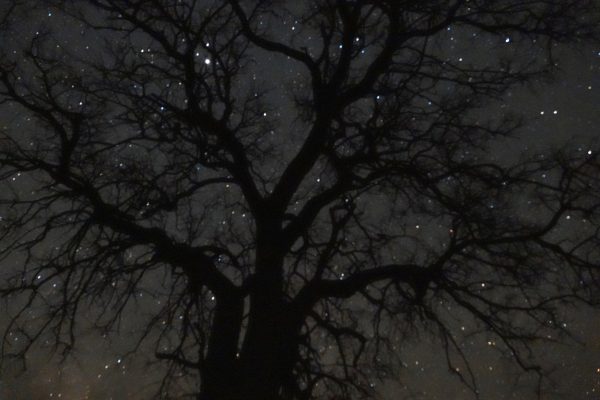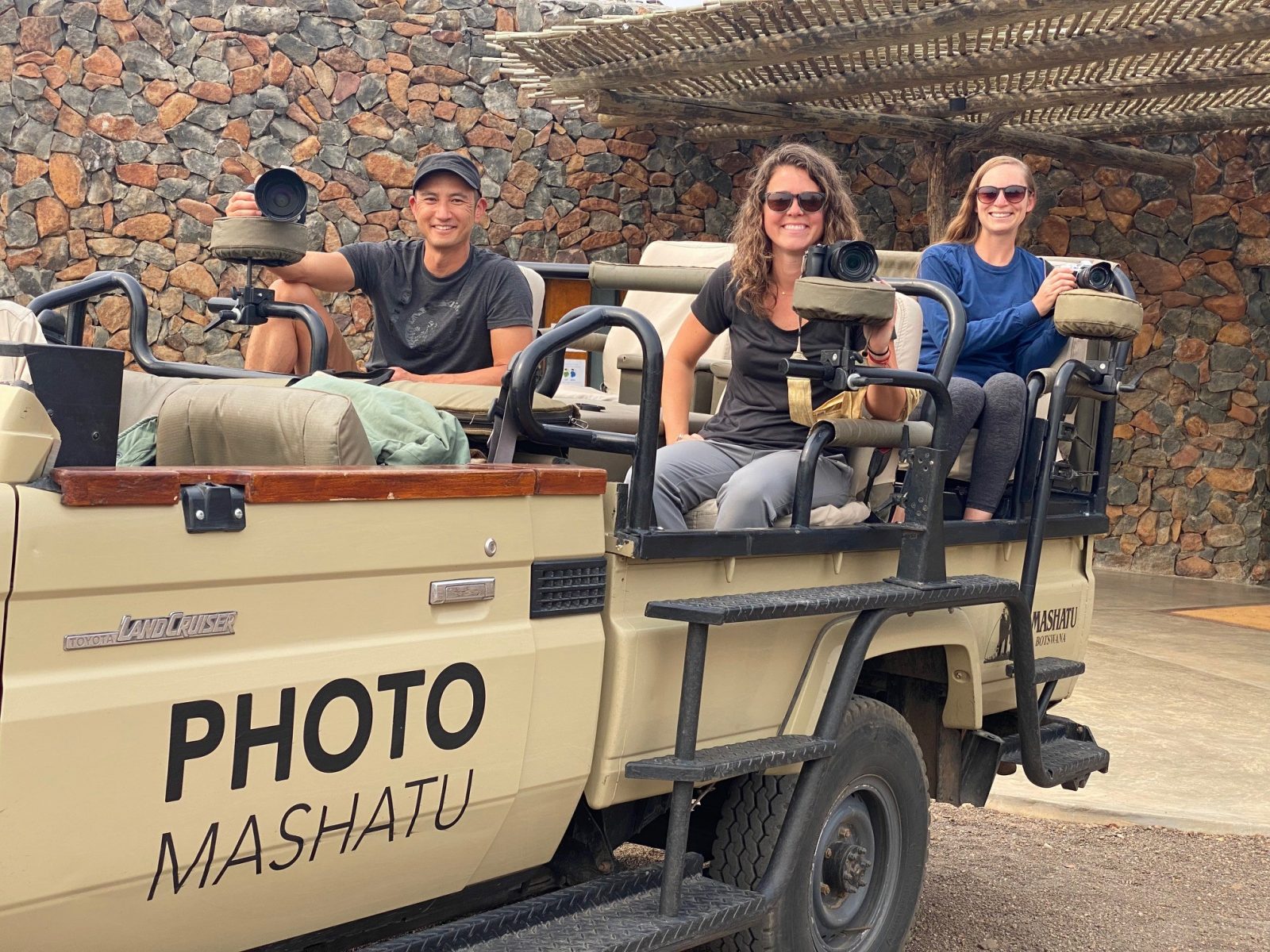When heading on safari, many travelers feel beyond excited for the once-in-a-life time experiences that await– unforgettable animal sightings, stunning landscape, interesting culture. And yet they might worry about how to capture it or that their photos just won’t do justice to all that was seen and done.
Thankfully, there are parks and camps that offer various types of photographic assistance, with media labs and editing software that allow guests to review and improve their photos on site. The Mashatu Game Reserve does one better, providing guests the opportunity to participate in a photography-specific program called Photo Mashatu. By adding this to your safari, you have access to equipment which make photography easier, activities that immerse you in the surroundings, and professionals who give instruction and pointers to improve your photography skills.
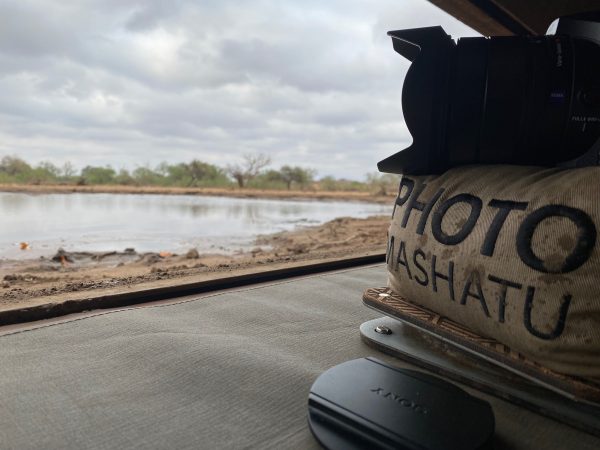
What You Get
First and foremost, booking a session with Photo Mashatu means you have the direct support of a professional photographer. Either Janet Kleyn or Aubrey Tseleng accompanies you on game drives in order to give real time tips and feedback. They can tell you which settings to use in certain lighting, how to compose a shot, why you might need a larger or smaller aperture, the best “set it and forget it” mode, and so much more. Instruction is based on your existing skill level and specific camera and are broken down so that you can apply what you learn throughout the remainder of your trip.
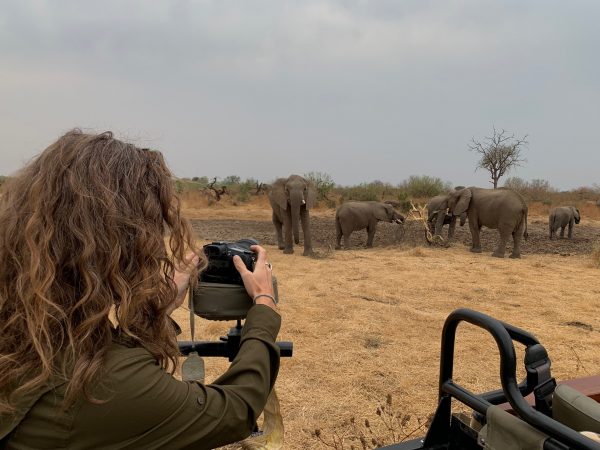
Additionally, you are given access to a private, specialized safari vehicle. With an entire row of seats removed, the jeep holds just four guests, plus the guide and photographer. This gives each participant more room to maneuver equipment while also improving everyone’s line of sight. Beanbag stands are affixed to the side of each seat, serving as a steady platform on which to place cameras. This is particularly useful when shooting video or with a slow shutter speed because it minimizes unintentional movements and prevents images from blurring. Plus, it takes all the weight out of your hands, a definite consideration for those traveling with larger cameras. And additional beanbags can be found in the consoles, should you need to elevate your positioning. Throughout the drive, and at every sighting, the photographer and guide work together to ensure guests have the best angle and lighting, which in and of itself, improves everyone’s photographs.
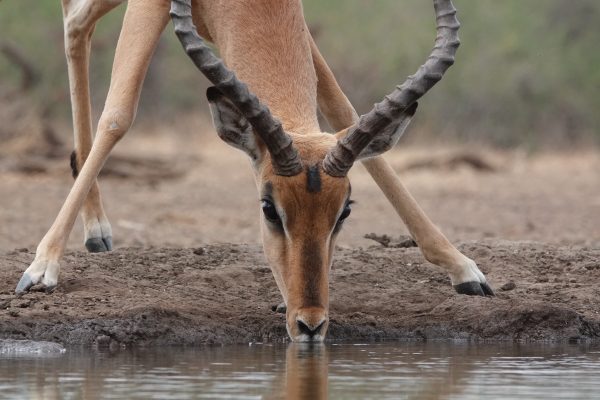
In booking the vehicle, you also receive a session at Mashatu’s photographic hide, for no additional fee. This is an old shipping container that is sunk into the ground and situated in front of a watering hole. Covered with branches, it is quite camouflaged and goes unnoticed by animals who approach for a drink of water. From within the hide, you have an entirely new perspective of wildlife including elephant, antelope, birds, and occasionally (if you’re lucky), big cats. Sitting on stools, with beanbags and tripods at your disposal, you are able to take photographs at eye level. Your photographer will, once again, accompany you, to offer new tricks or remind you of content discussed during the game drive.
There is a camera body available for rent, along with one Cannon and one Nikon lens. These are perfect for those who are only traveling with a smartphone or those wanting to try out a new focal length. It is best to bring your own USB or memory card so that you can download any/all of the photographs taken.
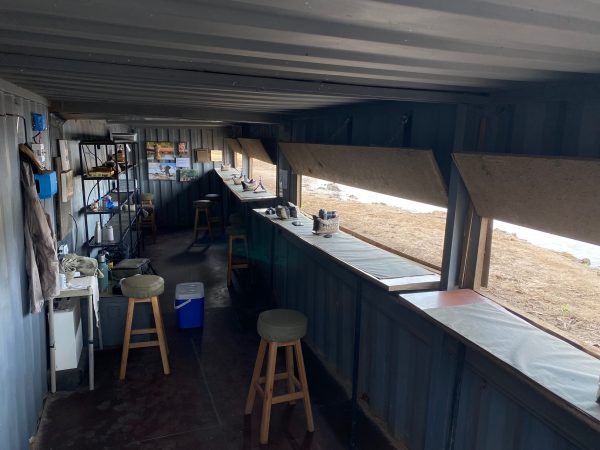
Program Recommendations
Those interested in the program should talk with their travel consultant about booking anywhere from 1-3 days with Photo Mashatu. The more days, the better, as it gives you flexibility in choosing when you use the vehicle versus the hide. Should you reserve Photo Mashatu for just one night, it is recommended that you opt to participate your first day at camp, so that you can apply the skills to the remainder of your stay. When time is limited, you might also consider booking the hide separately (at an additional cost), so that you can use the vehicle for both game drives, making the most of its features and equipment.
When it comes to deciding on when to use the hide, both mornings and afternoons have their advantages. Evening light is incredible for photography, referred to as the “golden hour,” but the session will likely be shorter. Once the sun sets, the activity is over, whereas in the morning, if the photographer isn’t busy, he or she can stay slightly later, giving you more time to shoot.
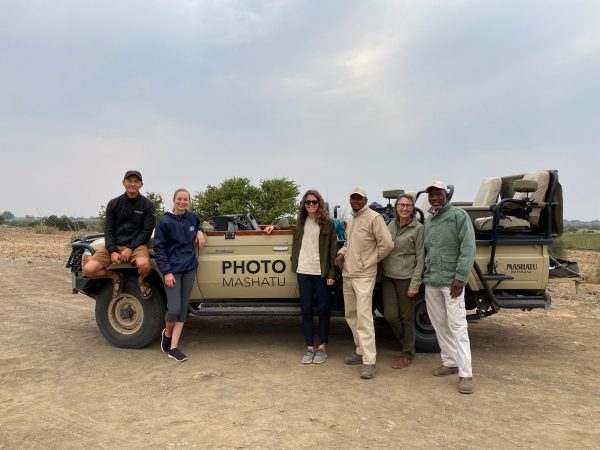
Note that there is only one Photo Mashatu vehicle available across all of the reserve’s four camps; so, ensure you work with your consultant to book in advance, especially if visiting in August and September. You can also reserve and pay for just the hide itself if use of the jeep is less appealing. For those interested in night photography, it is best to stay at Tuli Safari Lodge Mashatu, from where you have excellent views of the sky. Your photographer can certainly assist with this activity as well.
A Few Photography Tips & Tricks
- If shooting in manual (controlling aperture and shutter speed), consider setting your ISO to Auto. This takes some work out of the process.
- When taking photographs of the night sky, set your camera on a tripod and place it in manual mode. Choose the widest aperture (f2.8 or so), a shutter speed of 25 seconds, and an ISO of 3200. Pick a subject 15-30 feet away and light it up using a flashlight so that you can focus the camera on it. Next, switch to manual focus and set a 10 second self-timer (to reduce blur that might arise when manually pressing the button). Turn the flashlight off and take the photo. If the end result is too dark, alter the shutter speed (30 seconds, 40 seconds etc.). Should the photo be too light, drop the ISO. Note—it still works fairly well even if you stay on auto-focus and forget the timer.
